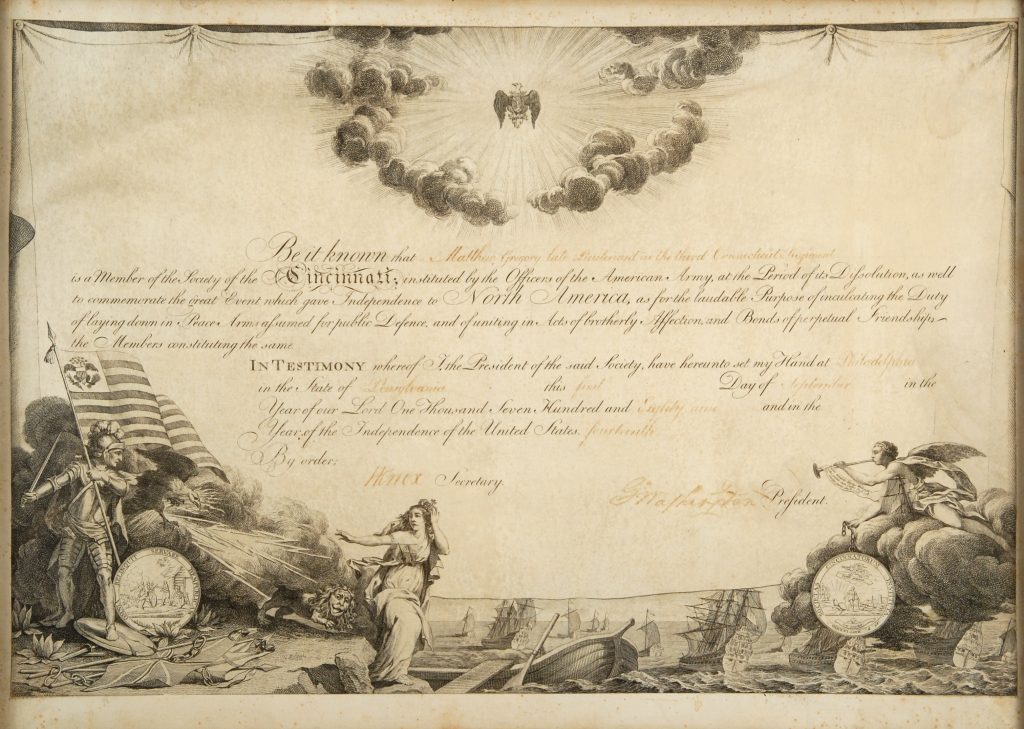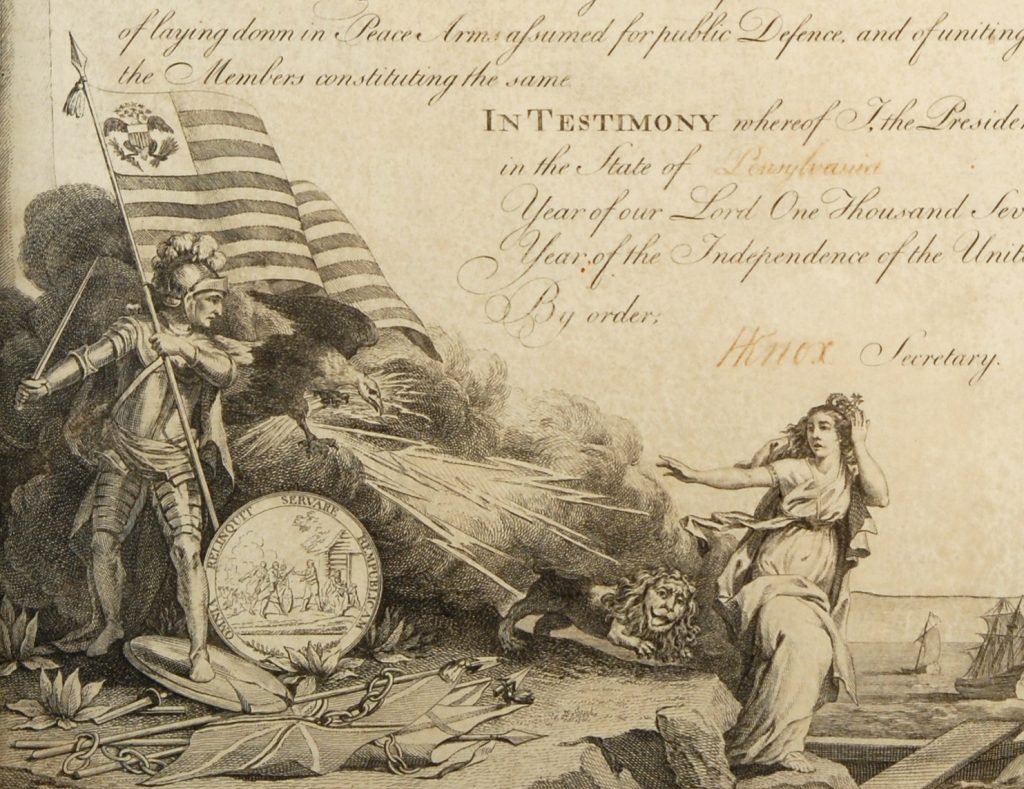Two Rivers Public Charter School, American Revolution Institute
Washington, D.C.
May 20, 2020
View collection items from the Institute’s library and museum at Anderson House with specific connections to each of the four achievements of the American Revolution: our independence, our republic, our national identity and our highest ideals, as shared during a virtual visit with Ms. Mancino’s fifth grade students at Two Rivers Public Charter School. To learn more about: the artillery used to win the war visit Boom! Artillery in the American Revolution, Margaret Corbin’s experience as part of cannon crew visit Margaret Corbin, Revolutionary, and Deborah Sampson’s extraordinary service as a soldier visit The Female Review: or Memoirs of an American Young Lady.
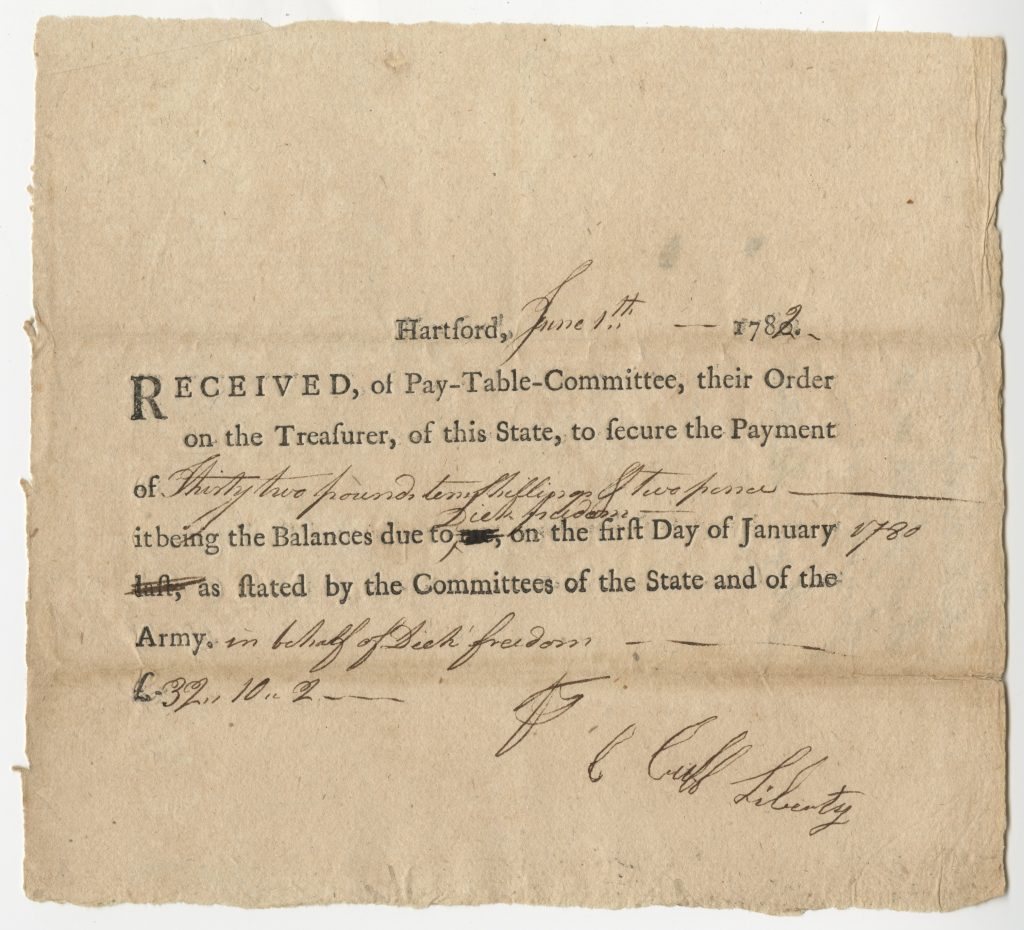
Partially printed D.S., Hartford, June 7th 1782: receipt of Pay-Table-Committee
Cuff Liberty, Dick Freedom, Committee of the Pay Table; Connecticut. Treasury Dept.
1782The Society of the Cincinnati, The Robert Charles Lawrence Fergusson Collection
Payment receipt signed for Dick Freedom by Cuff Liberty. Dick Freedom and Cuff Liberty were African American participants in the Revolutionary War who adopted aspirational names during their service. They served in the all-African American Second Company of the Fourth Connecticut Regiment.
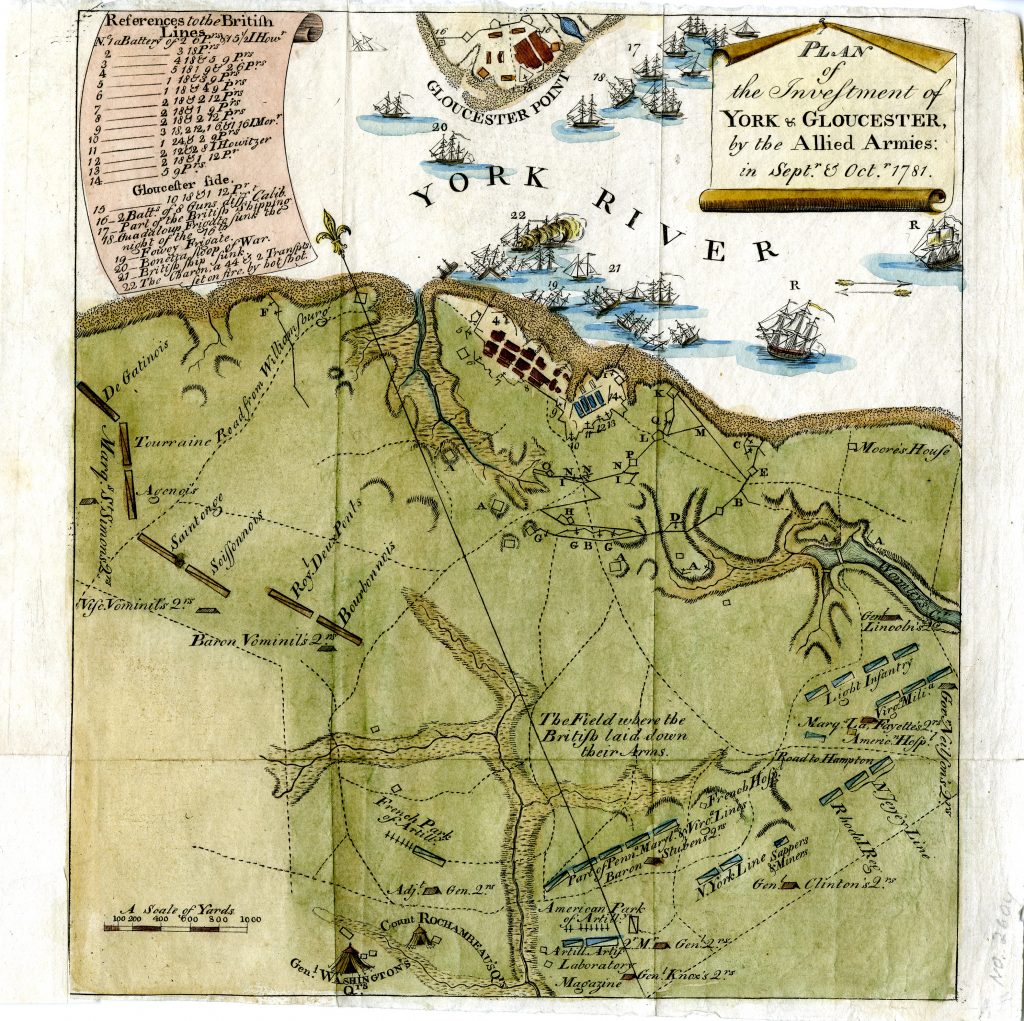
[Trenton: Printed by Isaac Collins, 1785.]
The Society of the Cincinnati
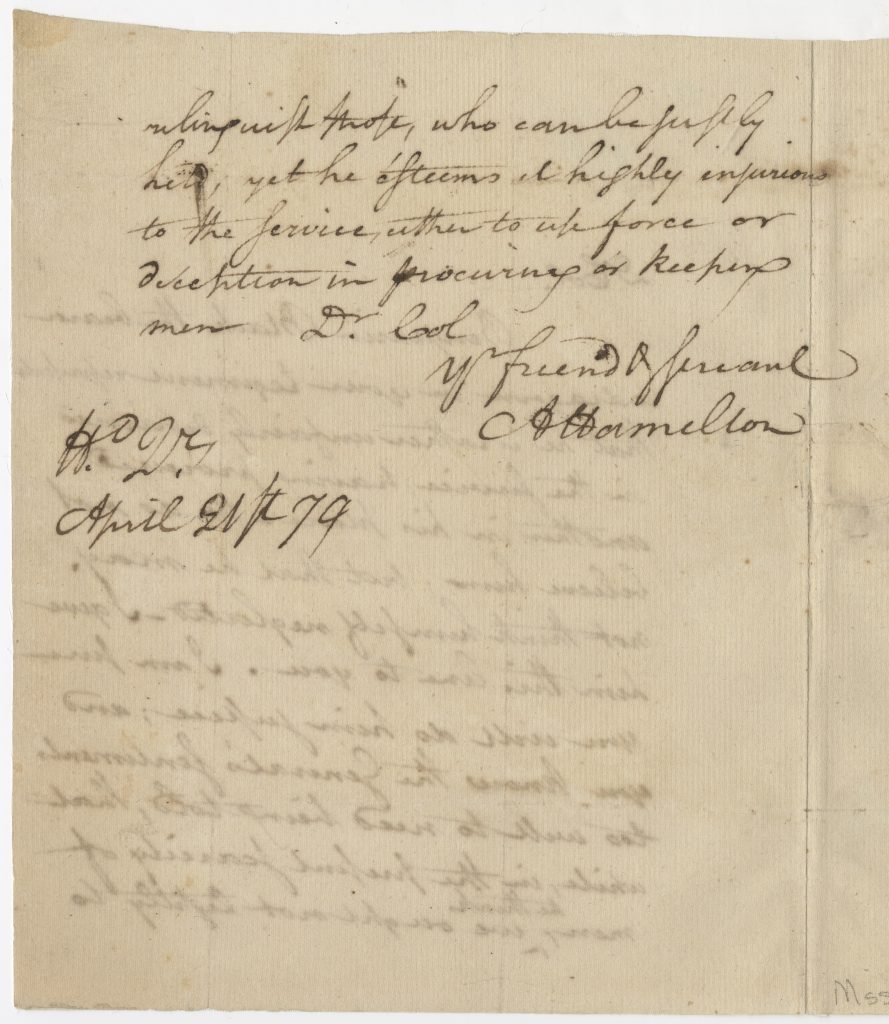
April 21, 1779
The Society of the Cincinnati, Gift of Evelyn Lansdale Wildman and Clare Lansdale Johnston, 1977
Hamilton served as aide-de-camp to George Washington for four years during the Revolution. During that time, Hamilton wrote this letter to Colonel Stephen Moylan, commander of the Fourth Continental Dragoons, advising him on retaining soldiers in regiments.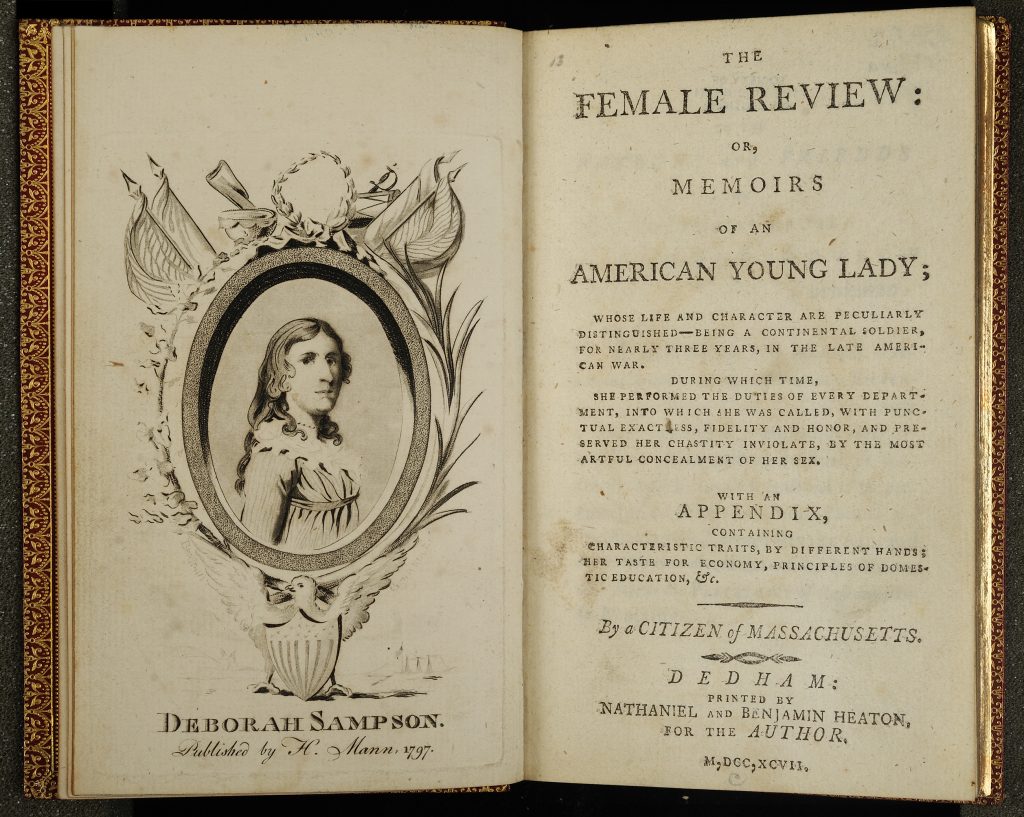
“A Citizen of Massachusetts” [Herman Mann]
Dedham, Mass.: Nathaniel and Benjamin Heaton, for the Author, 1797
The Society of the Cincinnati, The Robert Charles Lawrence Fergusson Collection
Deborah Sampson (1760-1827) enlisted in the Massachusetts Continental Line in May 1782 using the name “Robert Shurtleff.” Mixing fact with romantic inventions, this imaginative account of Sampson’s wartime service was published to support her case for a pension. In 1805 she received a disability pension of $4 a month, which she relinquished to accept a pension of $8 a month awarded under the Pension Act of 1818.

Alexander Hamilton, Major General of the Armies of the United States of America, Secretary of the Treasury, &c. &c.
William Rollinson, engraver; after Archibald Robertson, artist
New York: Published at the Columbia Academy of Painting, 1804The Society of the Cincinnati, Purchased with a gift from a private foundation
This stipple engraving published just a few months after Hamilton’s death celebrates his wide-ranging contributions to the new American republic. It pictures symbols of his public service, including the seal of the Treasury Department, a sword and cockaded hat, and the Society of the Cincinnati Eagle insignia.
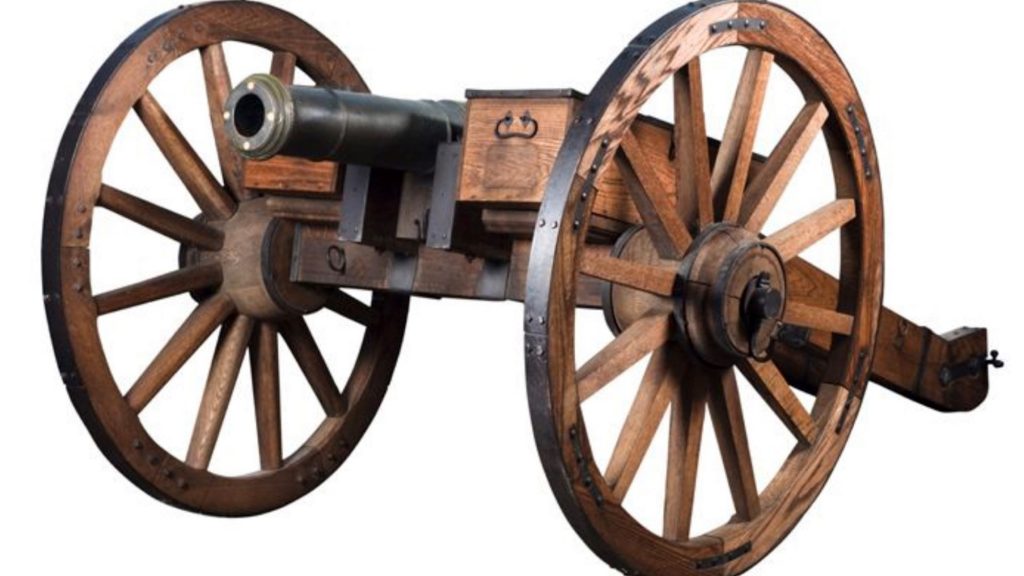
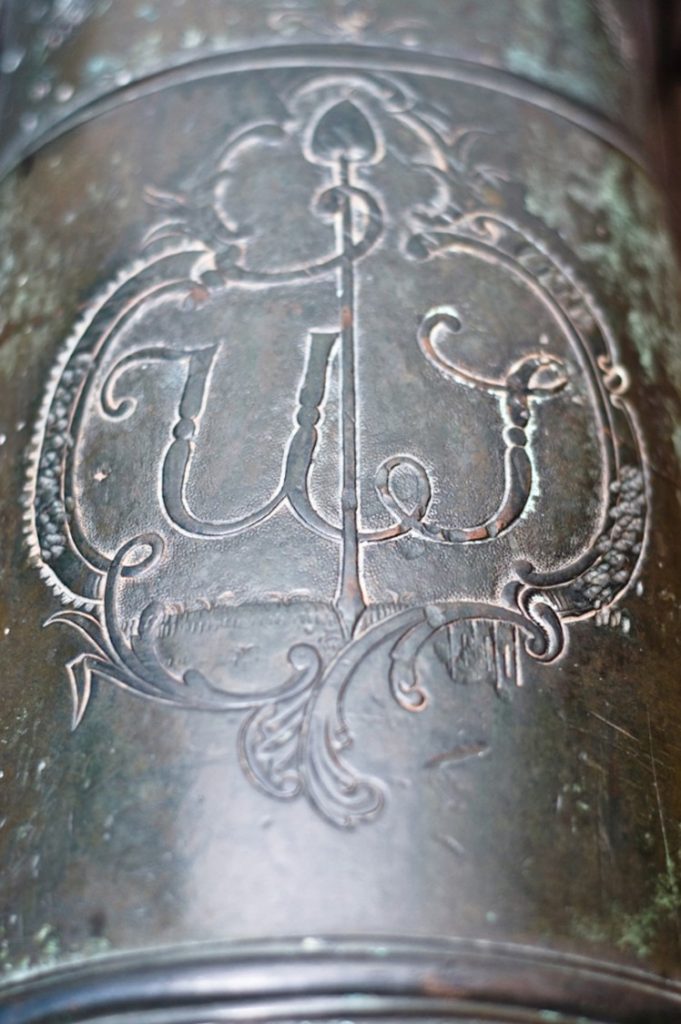
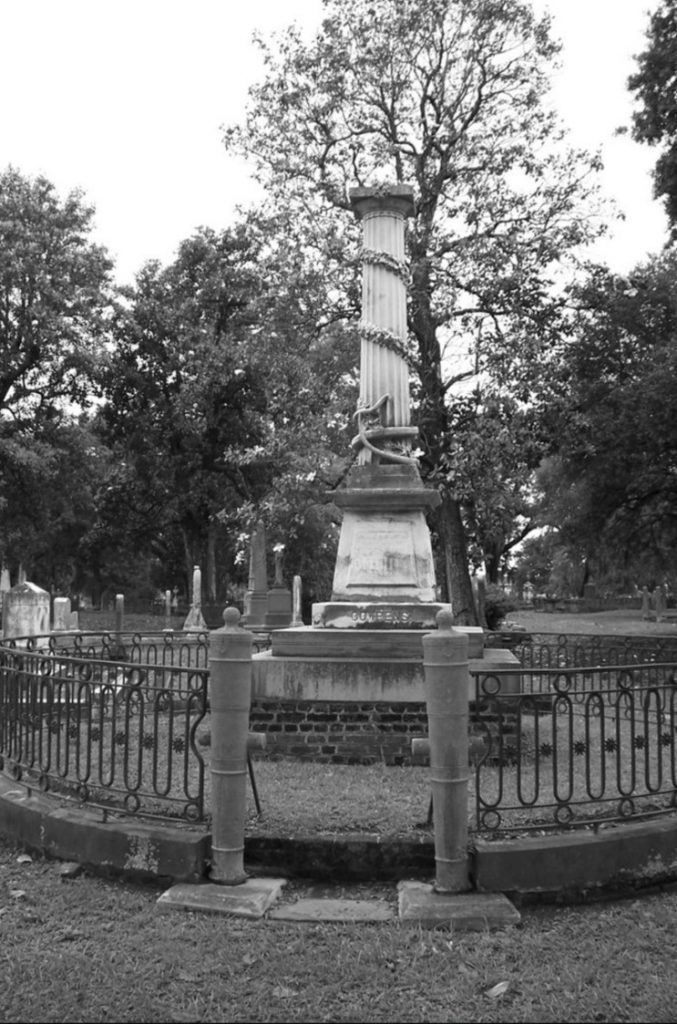
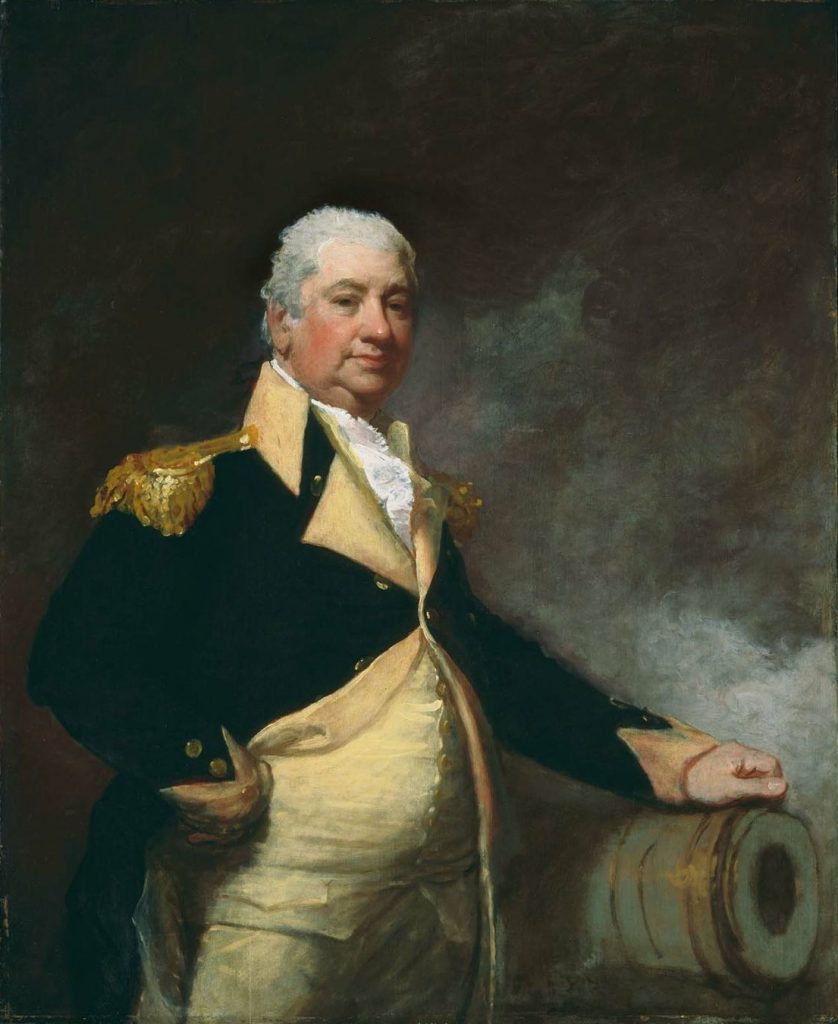
Peter Roos (1850-1910) after Gilbert Stuart (1755-1828)
Late 19th–Early 20th century
The Society of the Cincinnati, The Robert Charles Lawrence Fergusson Collection
Henry Knox, who served as chief of artillery in George Washington’s army, first described an organization of veteran officers in 1775. As the Revolutionary War drew to a close in 1783, Knox proposed the creation of the Society of the Cincinnati and drafted the original Institution. He served as the first secretary general of the Society and later as vice president general. This copy of Gilbert Stuart’s 1806 portrait of Henry Knox depicts the general in a post-Revolutionary War uniform standing next to a cannon—a reference to Knox’s role in the Continental Army. Knox was a twenty-five-year-old Boston bookseller when the Revolutionary War began. He had taught himself the basic principles of gunnery reading books on military science in his store. George Washington made Knox chief of artillery and ordered him to bring heavy guns overland from Fort Ticonderoga to force the British to evacuate Boston. Knox’s journey from Ticonderoga to bring the cannons to Washington’s army is one of the epic feats in American military history.
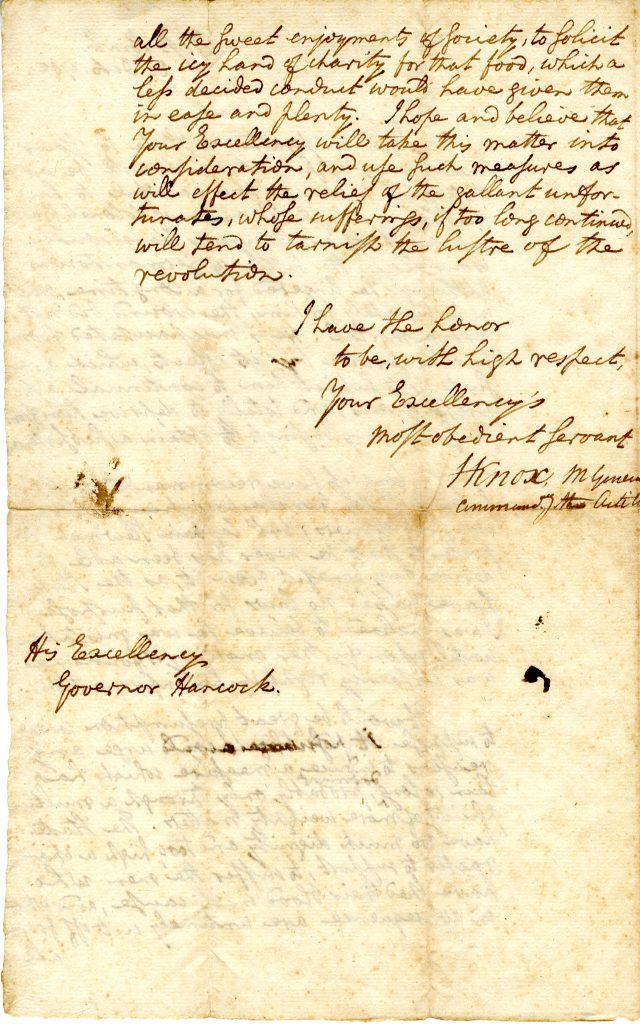
October 20, 1782
The Society of the Cincinnati, The Robert Charles Lawrence Fergusson Collection
In this wartime letter, Henry Knox appealed to Governor John Hancock of Massachusetts for support for Capt. John Sluman of Crane’s Artillery Regiment, who was permanently disabled by wounds inflicted at the Battle of Germantown in 1777. Sluman was awarded a half-pay disability pension of $300 per year from Massachusetts in 1784. Congress assumed responsibility for disability pensions in 1792 and paid Sluman $300 annually until his death in 1816.
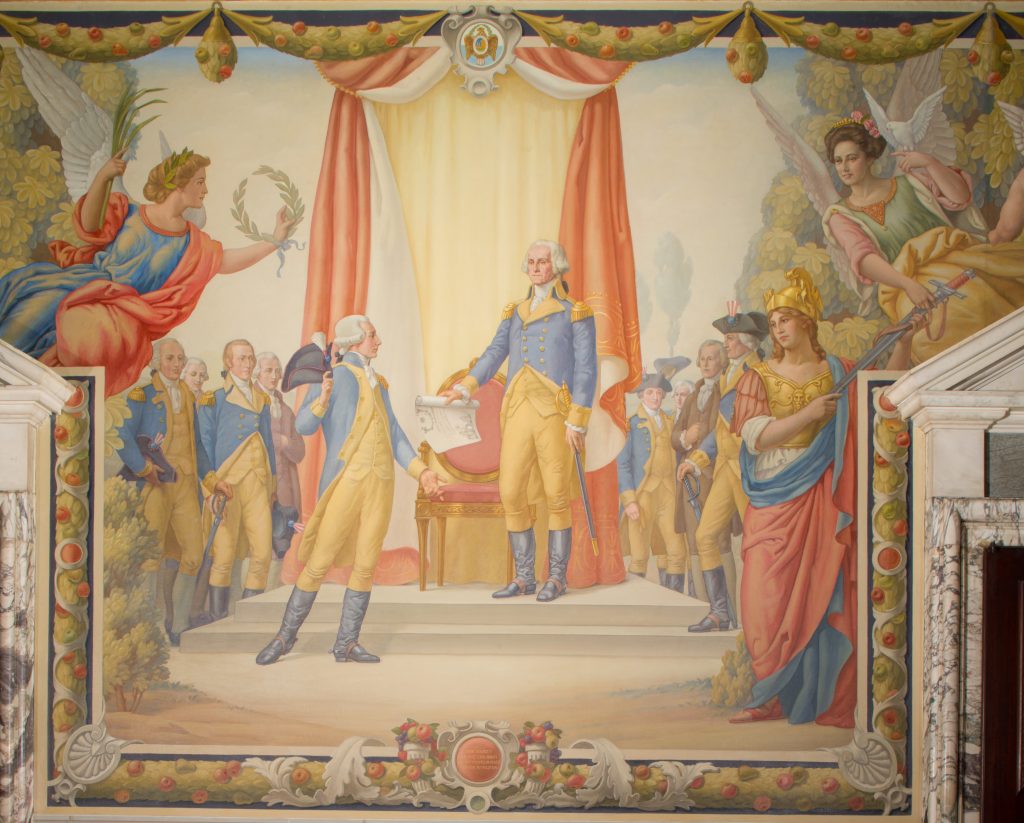
H. Siddons Mowbray (1858-1928)
1909
The Society of the Cincinnati, Gift of Isabel Anderson, 1938
Among the Continental Army generals pictured are Nathanael Greene (leftmost figure), Baron von Steuben (right of Washington), and Anthony Wayne (rightmost figure). The figure Peace holding a dove at the top right of the scene is modeled after Isabel Anderson’s face, at her husband’s request. Below the scene is the mural’s title in a rose-colored round cartouche.
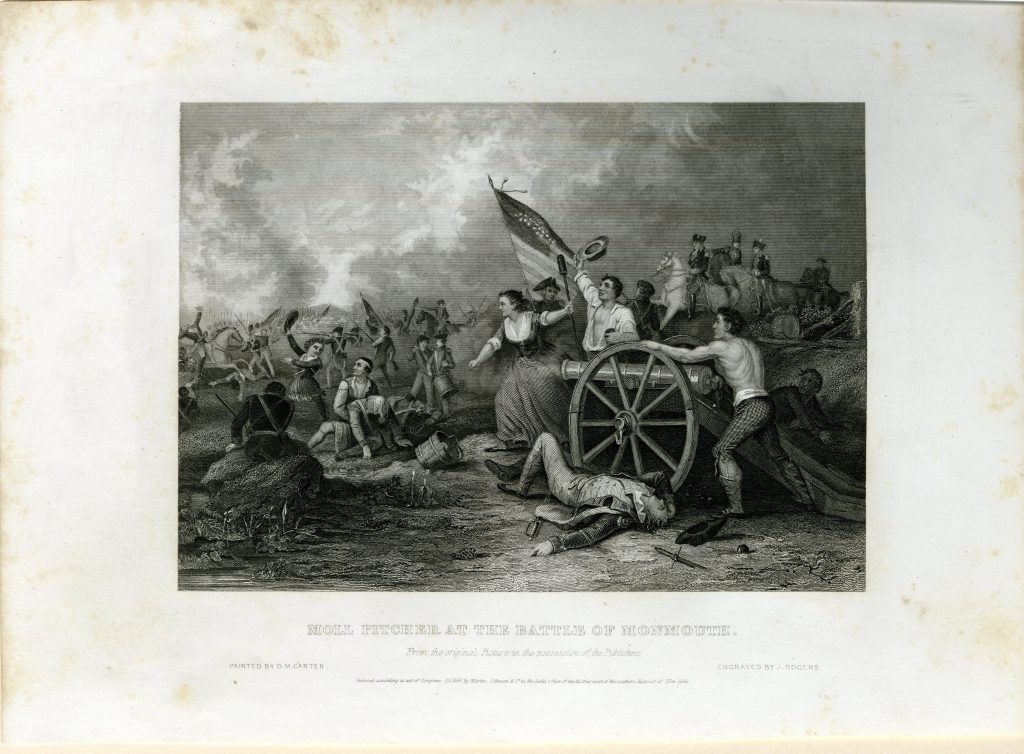
painted by D.M. Carter; engraved by John Rogers
New York: Martin, Johnson & Co., 1856
The Society of the Cincinnati
Battle scene with Molly Pitcher in the center assisting two solders fire a cannon next to an officer who lies mortally wounded. In the background to the right are a group of officers on horseback, the first of which appears to be George Washington.
